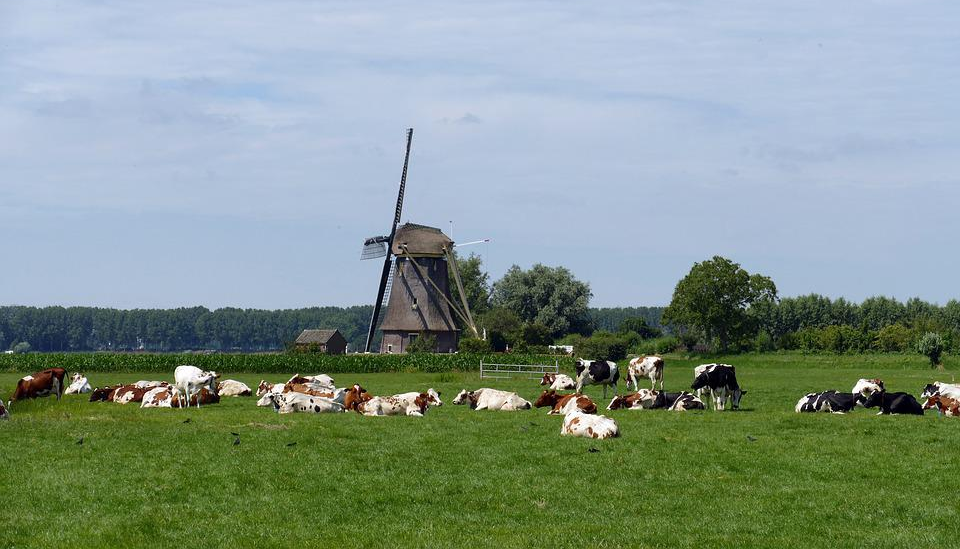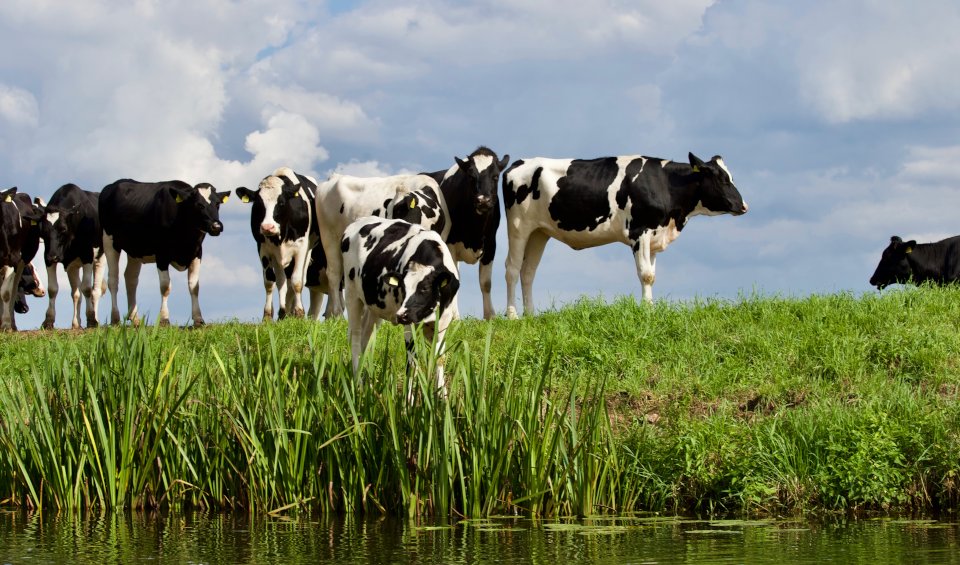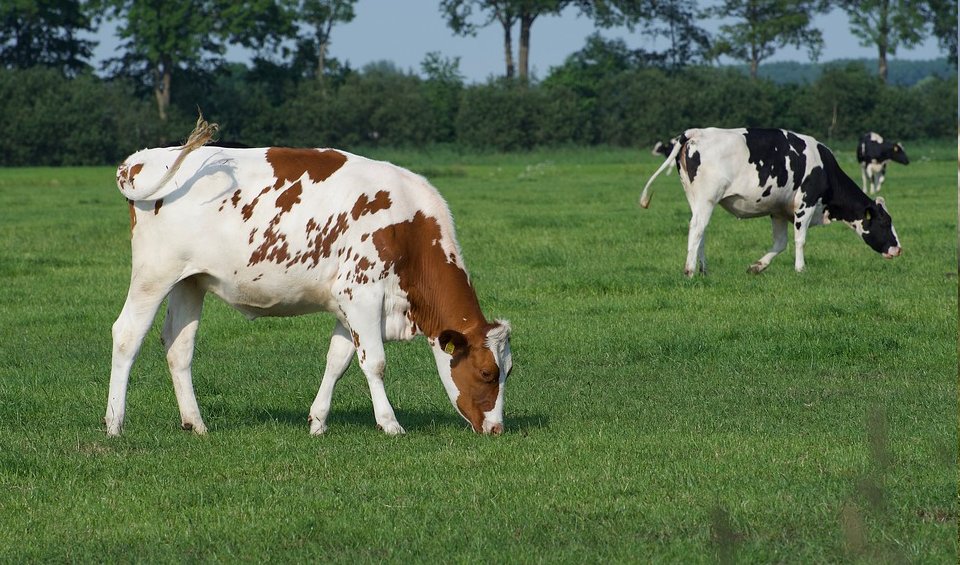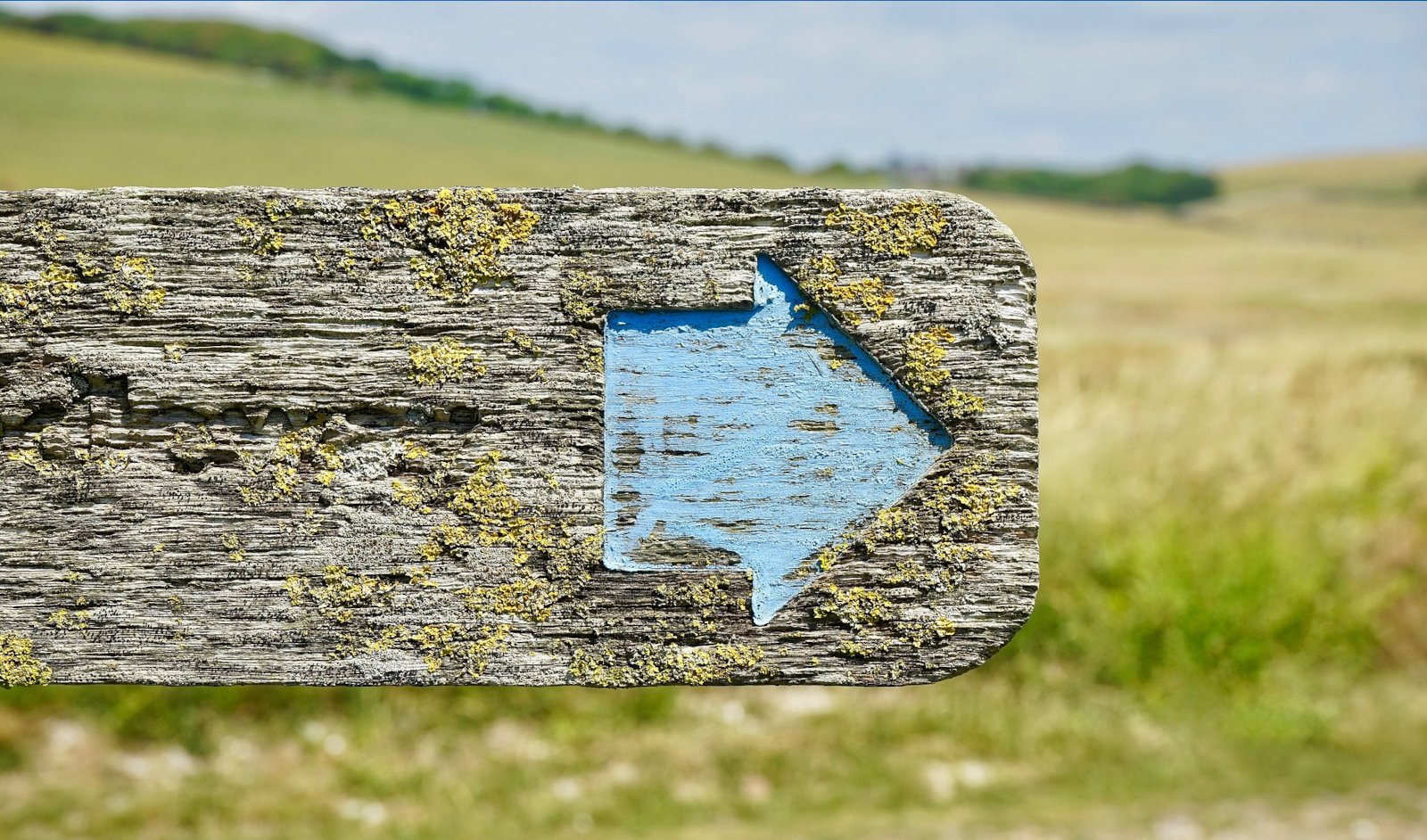General theme: Why grasslands?
The role of animals in net food security is under debate. In connection with this, Europe’s vast grassland areas are at risk. Already, a large area of grassland has disappeared in the last decades due to urbanization, conversion of grass to other crops, etc. This pressure on the land area has further increased in recent years. With the loss of grasslands we loose the associated benefits. Is this, however, a real problem? The General Meeting of the European Grassland Federation in 2024 will focus on the role of grasslands. The main theme revolves around the question whether grass is important, and if so, why.
Sub themes
Grasslands: WHAT?
What is the role of grasslands in net food security?
What is the contribution of grasslands to net food security? Although humans cannot digest grass themselves, grasslands are one of the most important resources to produce food. They provide in the nutritional needs of ruminants used for meat and milk production. Meat and milk, in turn, are an important source of high valuable proteins for humans.
Grass is also the cheapest resource for animal proteins. Nevertheless the production of meat and milk requires the absorption of high-quality nutrients and metabolizable energy from grass by grazing animals. If the grass does not contain enough of these nutrients, livestock is often supplemented with nutrients that would otherwise be available for human consumption. Moreover, these nutrients often require transportation and are more expensive than grass, leading to more expensive food. Reason enough to make good use of grasslands and manage them so that the grass contains all the necessary nutrients to produce nutritious milk and meat products.
With an annual loss of grassland area due to a decrease in the availability of land for agriculture, the challenge of effective grassland management with sustainable production methods that meet human needs quantitatively and qualitatively is increasing day by day.
Grasslands: How?
How do we balance ecosystem services?
Since grasslands make an important contribution to net food security, productivity in terms of quantity and quality is important. Grasslands, however, can provide many ecosystem services. This subtheme deals with the question how we can balance these different services.
Ecosystem services can be subdivided in provisional and non-provisional. The provisional services entail the produced products. The non-provisional services entail regulating, supporting and cultural services. Some of these services are globally relevant, but others depend very much on the regional context. Balancing all these different services for a specific context is an increasing challenge and more and more a societal demand.
Diversity comes in many forms and at various scales. Diversity in focus on different ecosystem services can result in different approaches such as climate proof farming or regenerative agriculture. Biodiversity in terms of species can be found below and above ground level. Diversity in terms of species can benefit production, but can also cost production. And at what cost is this acceptable and/or how can we value non-provisional services?
Grasslands: Which?
Which methods can be used to monitor, evaluate and steer grassland management?
In balancing all these services of grasslands it is necessary to quantify these services. This subtheme adresses which methods can be used to monitor, evaluate and steer grassland management. In this way, methods can support the development of grasslands in the desired direction. This starts with innovative techniques to measure at farm or field level, but does not end with data collection. Singular techniques are necessary on very specific topics, but the integration of different techniques is increasingly important. Besides data collection and monitoring the step towards actual use in practice requires the translation of the acquired data into actual management decisions. This knowledge transfer is not only build on technical knowledge, but also on social knowledge and skills. Which methods will help us to develop sustainable grasslands?
Grasslands: Where?
Where should we focus on which ecosystem services?
Grass may play different roles in different contexts. This subtheme focuses on the effect of location. It discusses effects of the natural environment (soil type, latitude, etc.) on ecosystem services of grasslands thus clarifying which ecosystem services are best addressed in which environment. Furthermore, it gives insight into regional processes, addressing the role of grasslands in e.g. livelihood of a region and in shaping the landscape. The social and economic rationale for choices for grasslands versus other cropping systems is described.
Grasslands: Whom?
For whom are grasslands important?
This subtheme addresses grassland-centred multi-actor processes. A first question is: for whom are grasslands important? There are two main groups: those who are in the position to decide on the future of grasslands and those who are affected by these decisions on grasslands. Some stakeholders are in a position where they belong to both groups. This subtheme focuses on the cooperation between the different actors to improve grasslands with emphasis on bringing knowledge to practice to gain maximum impact.







